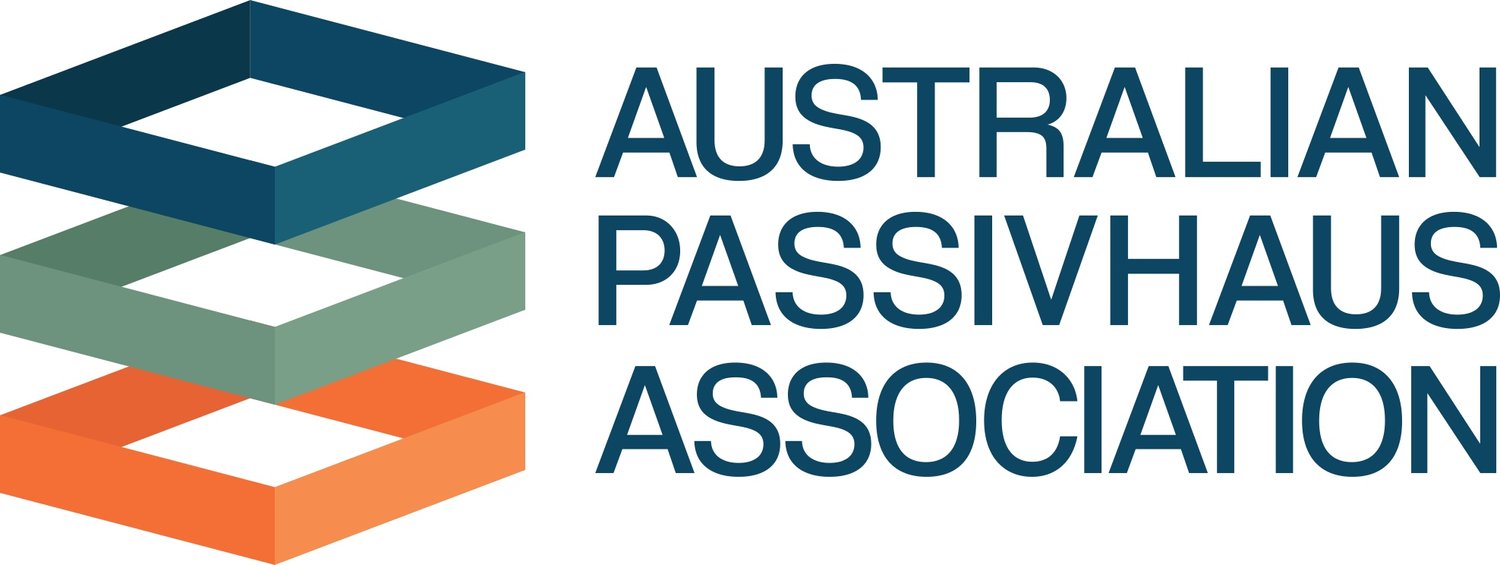The Australian Sustainable Built Environment Council Update
The Australian Sustainable Built Environment Council (ASBEC) meeting was held on 3 December 2019 at Parliament House in Canberra. Our Chairperson, Chris Nunn, attended representing APHA.
Chris gave an update to the ASBEC Group on learnings from the China International Passive House Conference. This was well received, and got across the key messages that:
China has strongly incentivised Passive House through policy and financial incentives.
China’s definitions of ultra low-energy, nearly zero energy and zero energy buildings are strongly aligned to the Passive House standard and importantly include both energy and comfort criteria (which avoids the problem of low energy / zero carbon buildings that fail to deliver good indoor environmental quality conditions – which Chris highlighted as a potential risk of current approaches to zero carbon buildings in Australia).
Showed the internationalisation of Passive House and its applicability and growing update in warm and humid climates.
Highlighted the scale of China’s commitment to Passive House and the many demonstration projects already built or underway, with Over 200 Passive House Certified demonstration projects built in China – mostly concentrated in Hebei province (Gaobeidian) where 30 buildings totalling over 370,000m2 have been built and a further 6 million m2 planned, then Shandong province (mainly in Qingdao) where over 400,000m2 has been built, with a total of 1 million m2 planned, then Beijing where 173 buildings, totalling over 1 million m2 have been built.
The rapid scaling up that is occurring in China is unprecedented, with demonstration projects in 23 cities and plans to extend to 660 Cities, and a target to build over 10 million m2 of nearly zero energy buildings by 2020.
Gave an overview of Gaobeidian Railway City, a transport oriented development, industrial manufacturing precinct, R&D Centre of Excellence and huge Passive House certified residential precinct.
Concluding that China is strongly incentivising Passive House Certification as the key to its National and Provincial Net Zero Energy Buildings policy targets. It is developing Passive House at scale, and has scalable manufacturing and R&D expertise to supply the world with affordable Certified Passive House components.
Noted other key jurisdictions to watch for large scale Passive House developments, notably the growth of high rise Passive House residential developments in Vancouver and New York where it has been incentivised with favourable planning controls.
Emphasised the lessons are that the International Passive House movement is strong and growing, it is applicable to all building types and scales, in all climate zones.
Other notable items of relevance to APHA members are:
National Construction Code – work continues within the Australian Building Codes Board (ABCB) on the development of a more stringent treatment of residential energy efficiency for the 2022 Building Code. The Council of Australian Governments has endorsed the concept of a trajectory of energy efficiency improvements and the ABCB is open to options like Passive House Certification being made a Deemed to Satisfy approach or other forms of recognition for Passive House Certification and the use of the Passive House Planning Package as a Building Code Compliance tool.
This is an opportunity for APHA arising from the Shergold Weir report (link: https://www.industry.gov.au/data-and-publications/building-confidence-building-ministers-forum-expert-assessment) which recommends among other things increased stringency of documentation of performance solutions to use PHPP as an approved way of documenting performance solutions.
Scott Gibson of Kingspan has proposed a Building Envelope White Paper, and there is an opportunity for APHA to get involved in this work.
Shadow Minister for Climate Change and Energy Mark Butler MP addressed the group, and emphasised the bi-partisan support for energy efficiency measures in buildings saying "the most effective way to get bills down is to use less", advising ASBEC member groups to focus advocacy language on bill reductions versus emissions reduction (which are more politically controversial).
Steven Lynch from Sustainability Victoria provided an overview of the Zero Net Carbon Homes pilot program. SV’s definition of a zero carbon home is a NATHERS 6.5 Star rating, plus appliance efficiency, plus photovoltaics. They do have an air tightness requirement of 6 ACH. Chris asked about the potential risk of condensation and mould in an ‘accidentally airtight’ house that relies on a potentially ineffective natural ventilation strategy, and had a good discussion with Steven about how APHA could get involved to help SV understand these risks and the benefits of Passive House as the basis for zero net carbon homes requirements.
Neil Savery of the ABCB noted that it is likely that the NCC 2022 will increase the minimum standard for new dwellings to 7 Star NATHERS. They are interested in whole of house rating tools by Feb 2021, and there’s a potential for APHA to lobby the ABCB to include PHPP as one of these methods.
Tony Gleeson reported on AIRAH’s iHub, which has received $6.5m of ARENA funding for HVAC research which could be a source of funding or support to APHA members.

